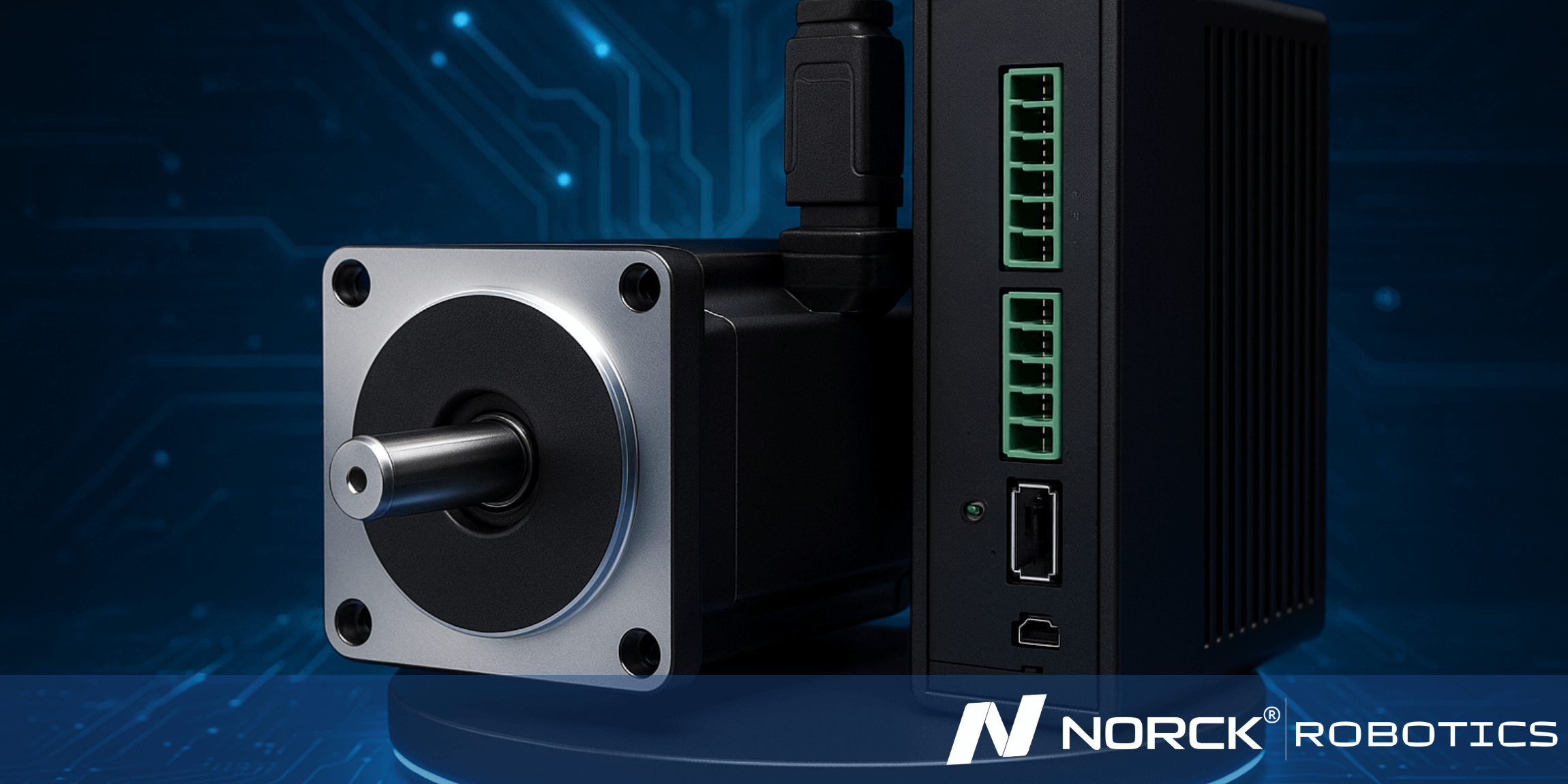
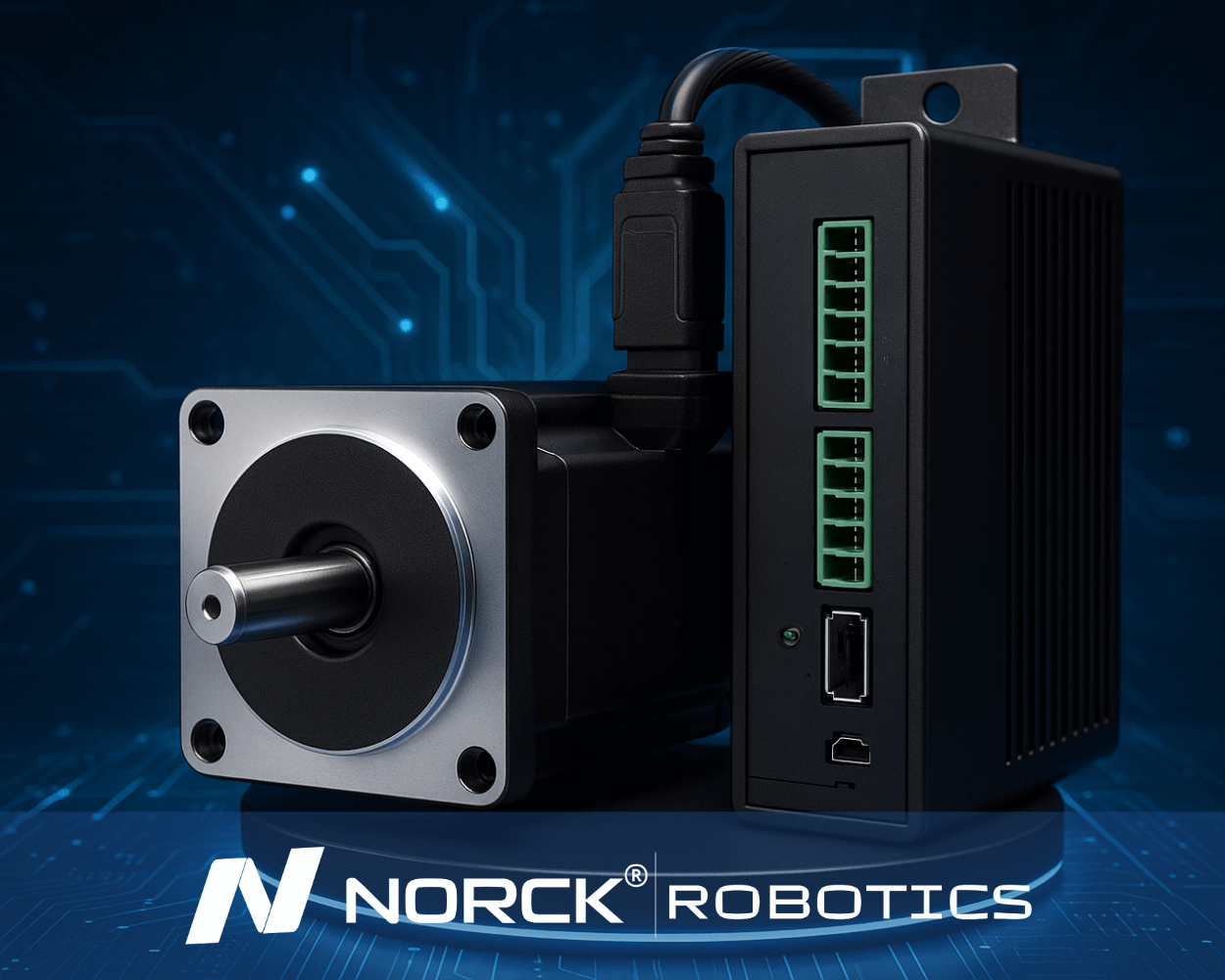
Ready to automate your future? Get a quote from Norck Robotics now!
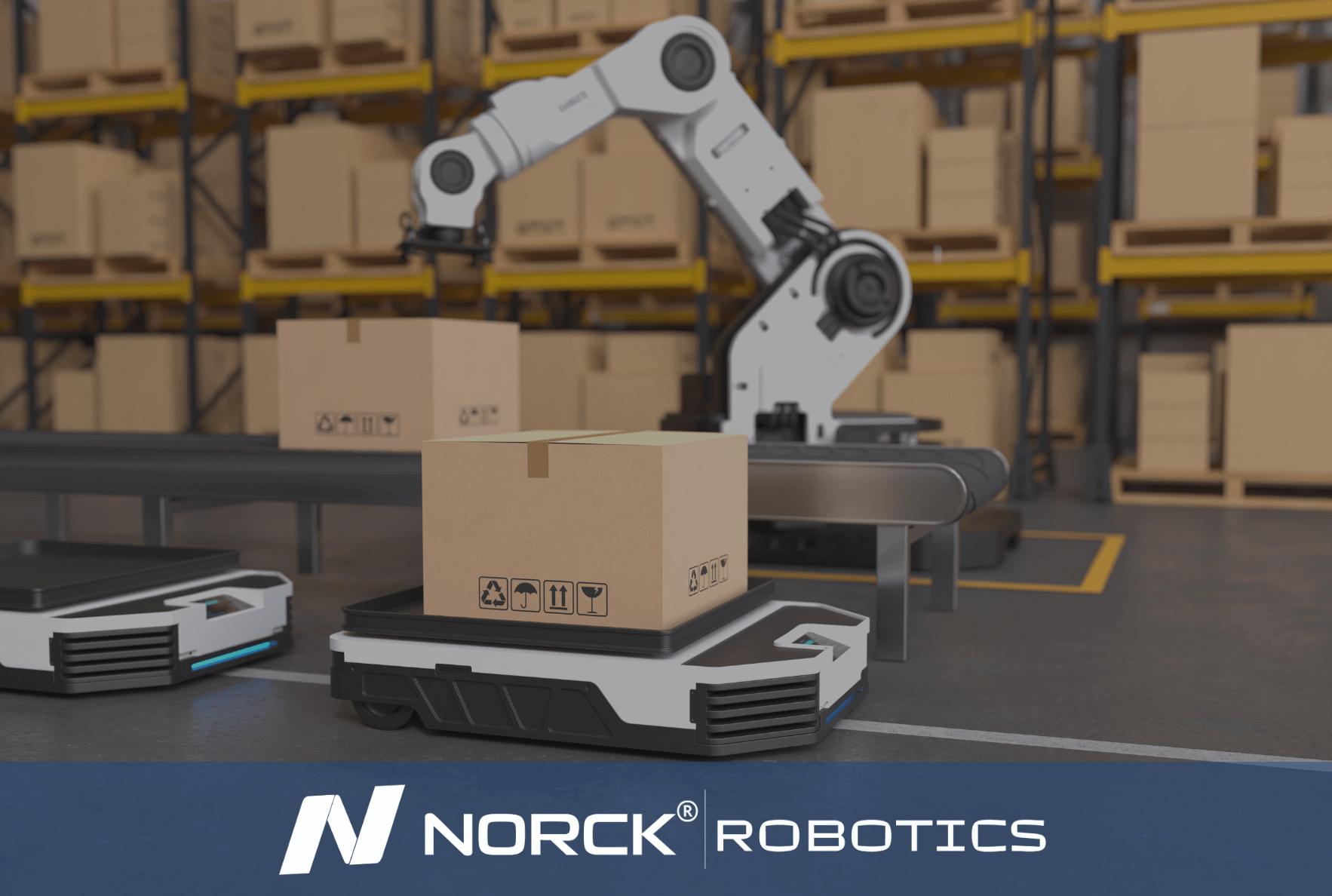
Norck Robotics specializes in providing unique robotic automation and engineering solutions designed to meet the specific operational needs of each client. Our expertise covers a wide range of industries and applications.
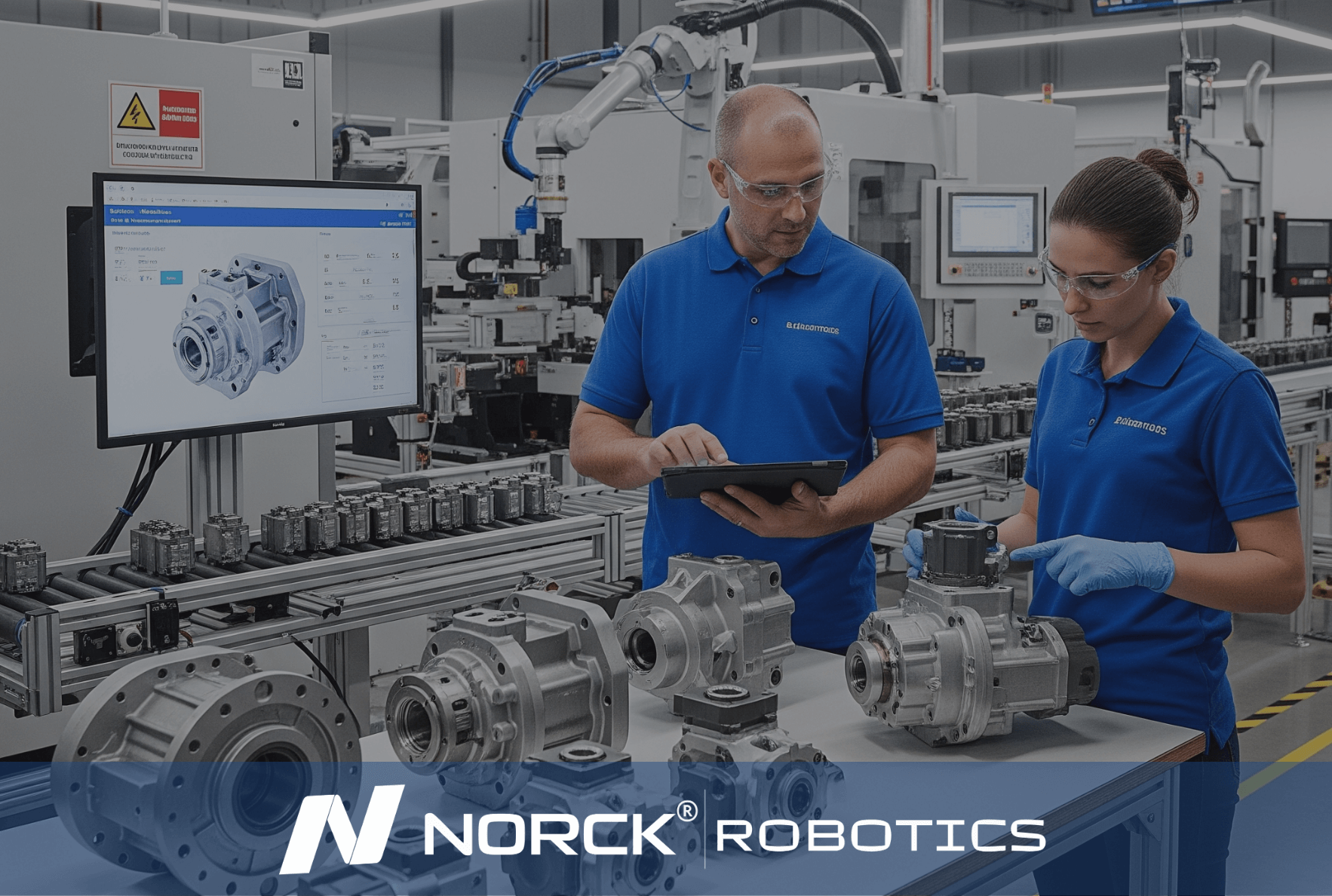
Norck Robotics delivers turnkey robotic automation and engineering solutions tailored to your specific needs across various industries.

Whether you need a single robotic cell prototype or full-scale factory automation, Norck Robotics engineers are ready to collaborate with you to bring your concept to life.
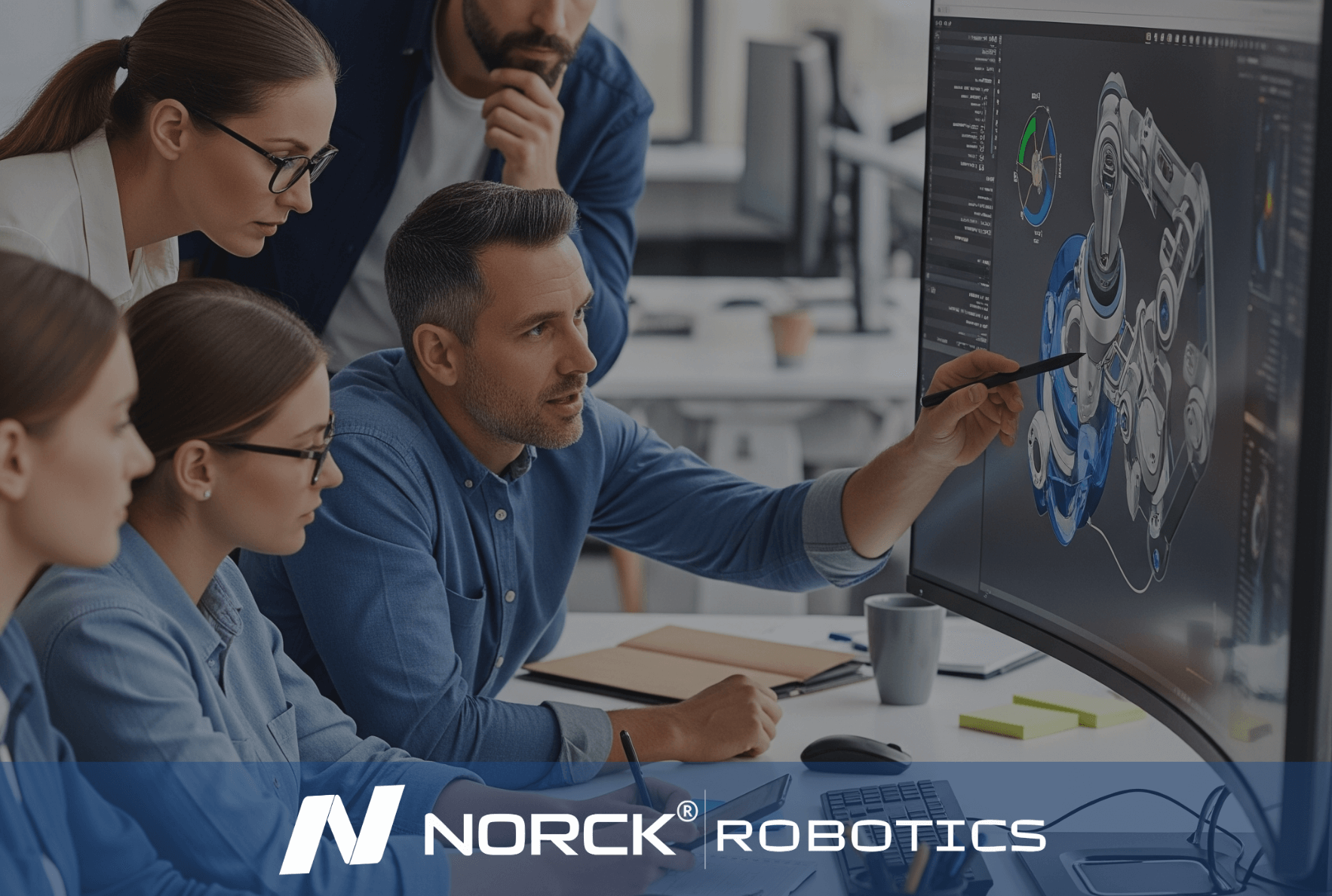
Norck Robotics engineers analyze your existing processes to provide feedback that enhances efficiency, cost-effectiveness, and productivity for robotic integration.

A feedback-enabled controller/driver closes the loop between your motion command and motor output. It reads real-time data (position, speed, torque) from sensors like encoders, compares it to the desired setpoint, and instantly tweaks motor currents or step pulses to correct any error. This prevents missed steps and stalls, delivering smooth, accurate motion under varying loads.
This loop runs thousands of times per second, smoothing acceleration, compensating for disturbances, and maintaining precision.
High-resolution encoder measures actual shaft angle and speed.
Controller computes error = (commanded – actual).
It modifies drive outputs (PWM duty, current limit or pulse rate) to reduce error.

In addition to its own expert engineering team, Norck Robotics provides access to a network of hundreds of top-tier system integrators, robot manufacturers, and component suppliers across the United States, Germany, and Europe.

Working with Norck Robotics reduces dependency on manual labor, increases production consistency, and secures your operations against unforeseen disruptions, quality issues, and fluctuations. This enhances your company's supply chain resilience.
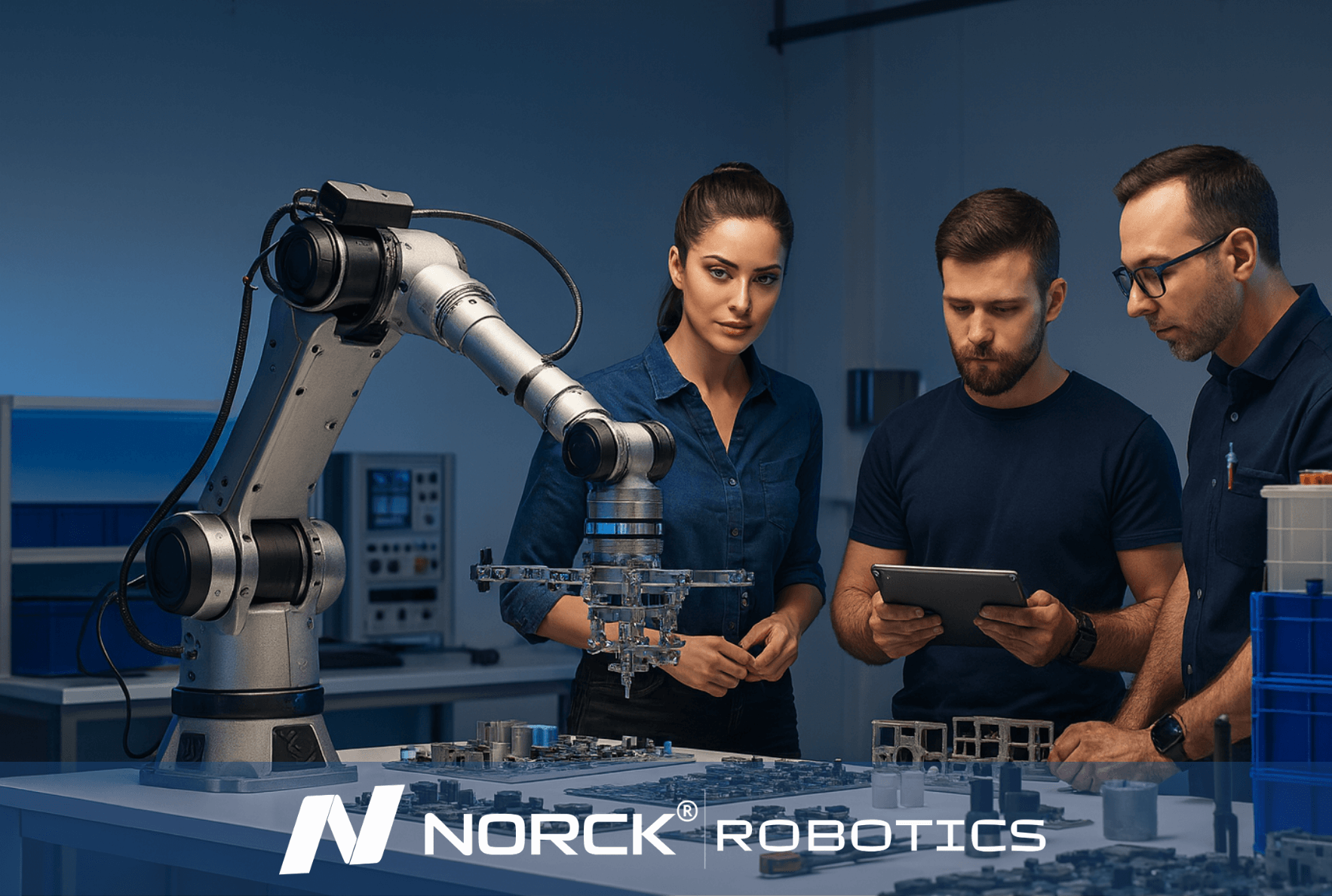
Norck Robotics advances digital automation by developing custom-designed robot grippers, advanced vision systems, and innovative simulation software. With an AI-driven, data-centric approach, it enables smarter system design, optimal performance, and predictive maintenance solutions.
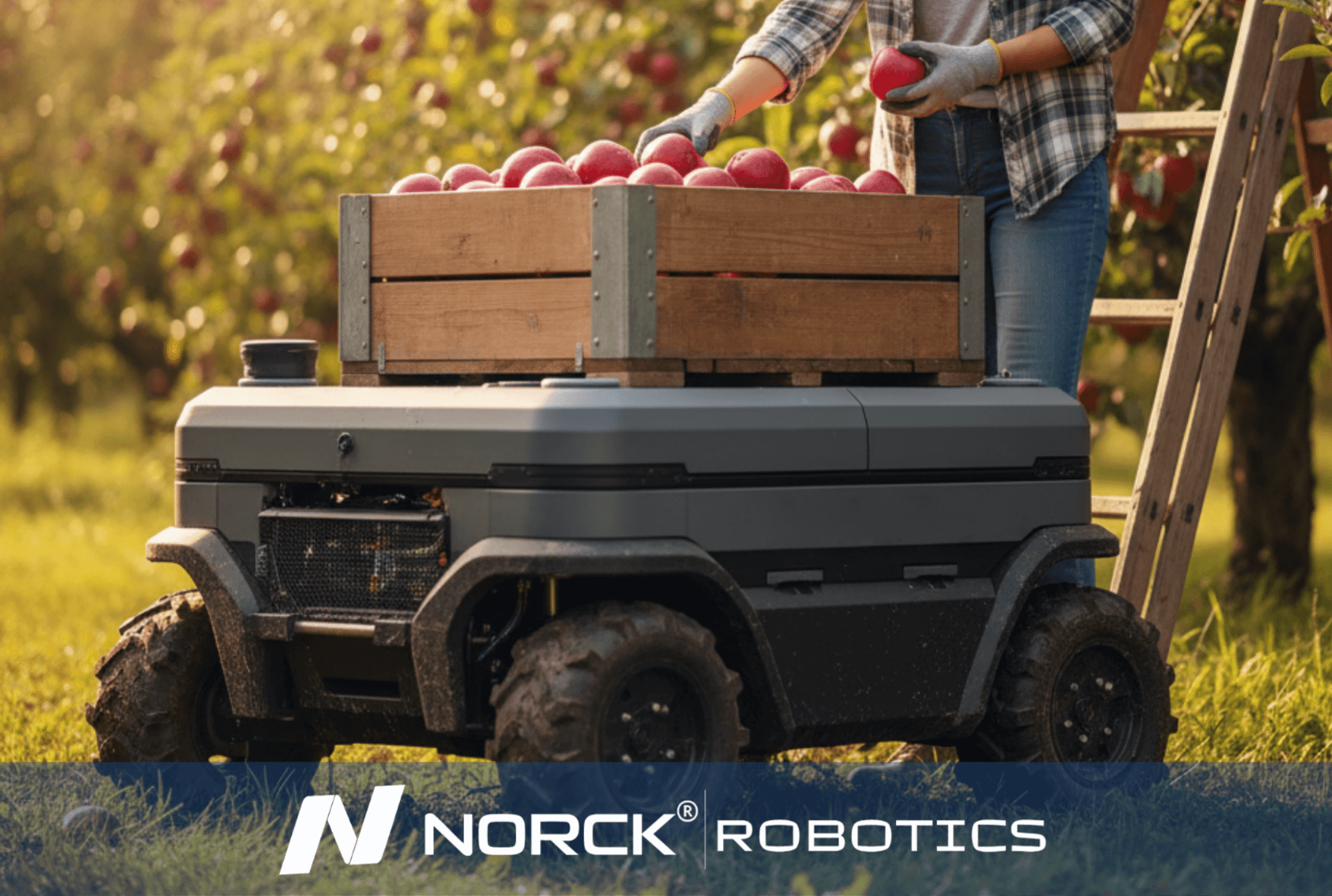
Norck Robotics encourages its partners to be carbon-neutral by reducing energy consumption and material waste through the efficiency of robotic automation, and prioritizes environmentally conscious suppliers.
Feedback-enabled controllers continually measure actual motor output and correct any deviations in real time. They maintain sub-step or sub-degree precision, adapt automatically to changes in load or supply voltage, and produce smooth, damped motion. In contrast, open-loop drivers issue fixed commands without any sensing: they cannot detect or correct errors, are prone to missed steps or drift if conditions change, and may oscillate or stall under stress. Open-loop drivers suit simple, predictable tasks (basic conveyors, fans, pumps), whereas feedback controllers shine in robotics, CNC machining and any application demanding high precision and reliability.